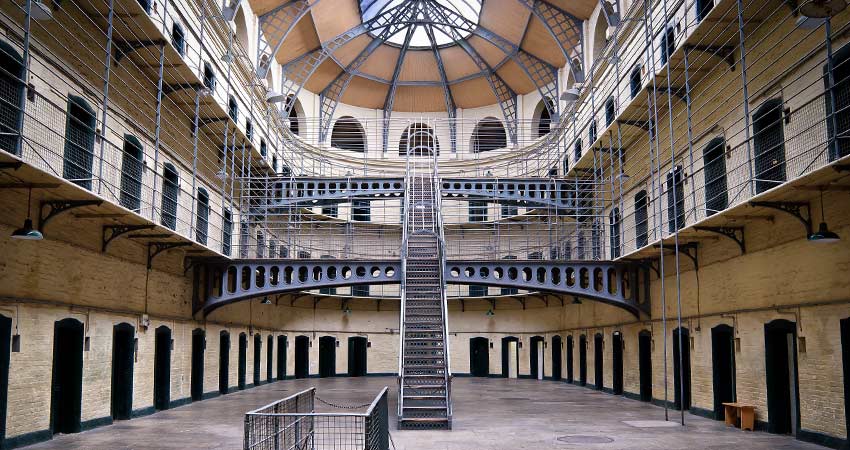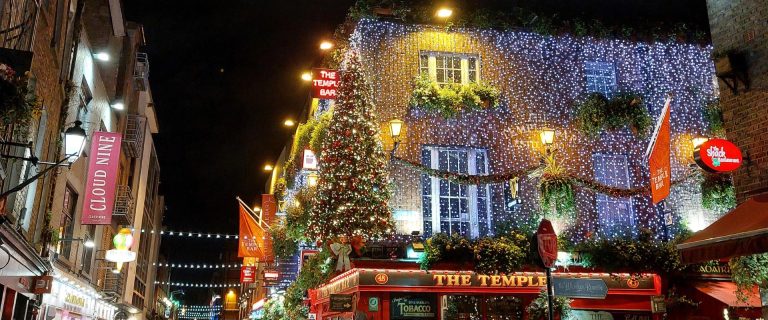Kilmainham Gaol (Jail) is an infamous site and is strongly associated with Irish independence. Ireland is a fiercely independent country, and it fought long and hard for its freedom. In 1916, the leaders of the Easter Rising (Éirí Amach na Cásca) were executed in Kilmainham, along with many of their followers. It is one of the most haunted places in Ireland and worth touring on your Ireland vacation.
The Beginning

Most prisoners were jailed for minor offenses such as petty theft or unpaid debt. Despite shipping many off to Australia, overcrowding was a constant problem. (During the Irish Potato Famine of 1845-1852, people would commit crimes in order to be jailed—at least it was a roof over their heads.)
Kilmainham and Irish Independence

The Irish Citizens Army and the Irish Volunteers, both revolutionary groups, joined forces. On Easter Monday in 1916 they took over government buildings. They declared themselves an independent Irish Republic, but one week later they were overwhelmed by British Forces. Gaol had been closed in 1910, and it was reopened to house the hundreds of men and women captured. Fourteen leaders of the rebellion faced the firing squad. One injured man, James Connolly, was carried on a stretcher, tied to a chair, and executed.
Many British citizens were horrified by the executions. The gaol was occupied until the civil war ended in 1924, at which time all prisoners were released and Kilmainham was abandoned.
The Restoration and the Ghosts

Governor Dan McGill lived at Kilmainham in the old warden’s quarters, overseeing the restorations. One night he looked out the window and saw the old chapel lights on—he had just turned them off. When he investigated, the chapel was empty. He turned the lights off again and went back to his rooms. When he looked out the window, the lights were on. He went back and forth with the lights and finally gave up.
The most famous ghostly visitation took place around the same time. A volunteer was painting the dungeon area. Suddenly, an unseen force blew him across the room and pinned him against the far wall. The man had to fight to free himself and escape the dungeon. He refused to go back.
Other restoration stories include a man who was renewing the Echoing Corridor. He heard footsteps climbing the stone stairs and walking the hall behind him. The footsteps would stop, and then start again, throughout the day. Another worker heard footsteps approaching. He looked up, didn’t see anyone, but felt an icy chill. Footsteps trudging along the corridor, echoing with the sound of a soldier’s brigade, were also common.
Kilmainham Today

Due to the ghosts who, apparently, still live at the Kilmainham Gaol it’s a place to let your imagination soar. It’s also a place to understand, very well, how hard the Irish fought for their freedom and the sacrifices they made to gain it. If you have Irish heritage, it could be of particular interest to you.
Whether you’re a ghost hunter, believe in spirits, or are a history buff, ask your Destination Expert about putting the Kilmainham Gaol on your itinerary!
 My Trips
My Trips 









